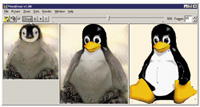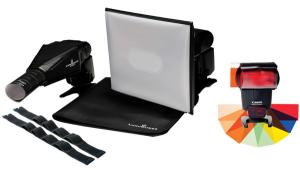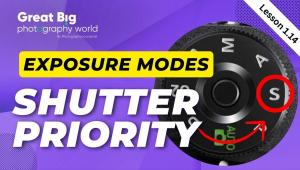Digital Innovations
Back To The Future
"Are you telling me you built a time machine out of a DeLorean?...The way I see it, if you're gonna build a time machine into a car, why not do it with some style."--Back To The Future movie dialog This banter between Marty McFly and Doc Brown was going through my
head when I picked up a Konica (www.konica.com)
Hexar camera and went out to photograph an annual Halloween costume
contest--for dogs. If you haven't already figured it out,
the Hexar is a manual focus, rangefinder film camera and about as far
away in design from any camera I've used in a long while. But
on this sunny October day I decided to play Cartier-Bresson and mounted
a 35mm Hexanon lens with its way cool slotted lens hood onto the camera
and set out to capture a few doggy decisive moments. |
|||
Plug-In Of The Month |
|||
Morph Me Up, Scotty |
|||
A Really Big Monitor At
A Really Great Price |
|||
From Planet Rollei |
- Log in or register to post comments






















































